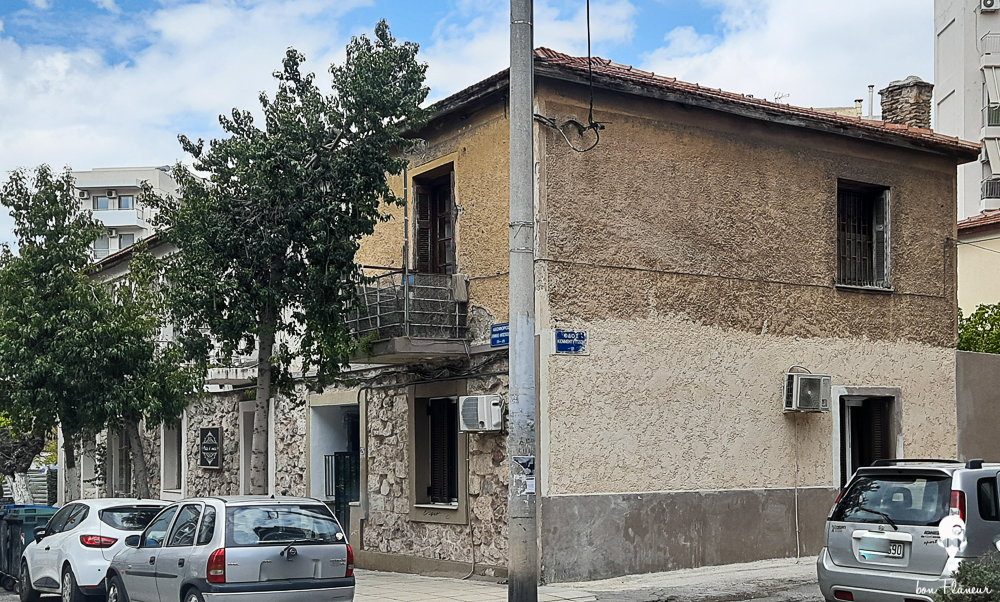Refugee and Social Housing in Kaissariani
Functionality and utilization of the space to the maximum are the main features of the refugee and social housing.
Location
Timeline
Modern and Contemporary era (1821 - )
1923 The military Greek government requested a loan from the League of Nations to deal with the situation.
1929 Until the late 1920s, refugee housing is single-family or two-story housing. A law of 1929 paved the way for the construction of multi-storey buildings.
1933 Refugee settlements began to be built in a more organized strategy. Among them is that of Kaissariani.







Share